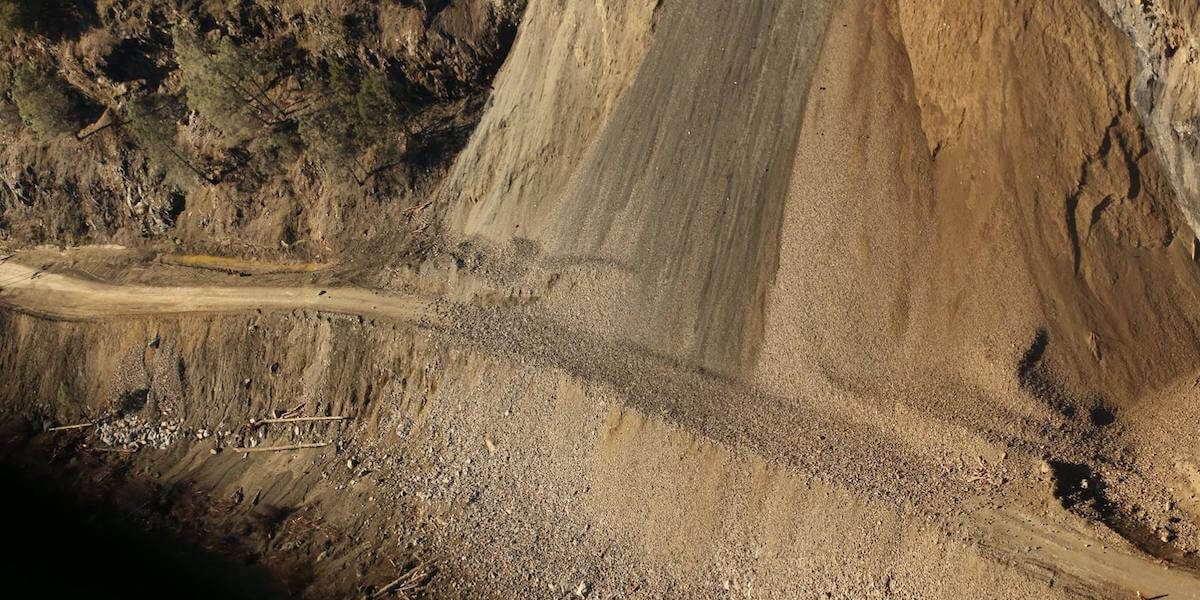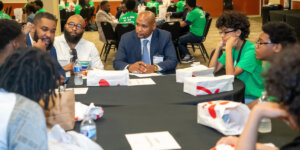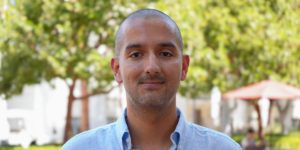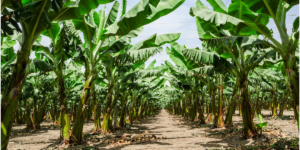
Photo/Wikimedia Commons
On average, landslides are responsible for more than 25 deaths per year in the United States, according to the U.S. Geological Survey. A team from the USC Center for Artificial Intelligence in Society (CAIS) and USC Viterbi School of Engineering is partnering with RAND Corporation and others on a project to predict the likelihood of these hazardous events. The three-year project has just been awarded more than $2.1 million in funding from the National Science Foundation’s “Smart and Connected Communities” program.
The project aims to help the town of Sitka, Alaska to address its landslide problem through the use of a new generation of connected technologies, combined with new research in geoscience and social science.
Sitka is a town of 9000 people, built along the slopes of the Tongass National Forest, within complex geological conditions that have made landslides a particular concern for residents. In recent years, Sitka has been hit by a cluster of landslides, including a tragic event on Harbor Mountain that killed three people in August 2015.

Phebe Vayanos, Assistant Professor of Industrial and Systems Engineering and Computer Science
Co-Principal Investigator on the project, Phebe Vayanos, Assistant Professor of Industrial and Systems Engineering and Computer Science is working with a team including Robert Lempert and Ryan Brown at RAND Corporation, Lisa Bush at Sitka Sound Science Center, and Josh Roering, Professor at the University of Oregon. The USC CAIS team also includes Bistra Dilkina, WiSE Gabilan Assistant Professor and Assistant Professor of Computer Science, Milind Tambe, Helen N. and Emmett H. Jones Professor in Engineering and Professor of Computer Science and Industrial and Systems Engineering, and Eric Rice, Associate Professor of Social Work.
The project aims to improve landslide prediction by deploying a network of low-cost, low-power, wireless sensors. The sensors will be deployed in the hillsides to offer the research team accurate information about soil moisture. Image analysis using machine learning will enable the team to better assess landslide risk. The study will also make use of information from an alpine weather station and a Forest Service database of historic landslides.
The project is also examining how best to communicate landslide warnings to the town’s diverse population, looking at influence maximization, social networking, improved understanding of risk perception and the engagement of citizen scientists.
Vayanos said that the team was excited to be awarded the grant, saying the insights from the project could be applicable worldwide in communities facing landslide risk.
“I am particularly hopeful that the tools and algorithms we devise as part of this project could also be used to mitigate the risks of landslides in the Los Angeles area too,” she said.
Further information about the project is available at the National Science Foundation’s Award site.
Published on October 29th, 2018
Last updated on February 8th, 2022













